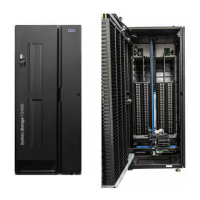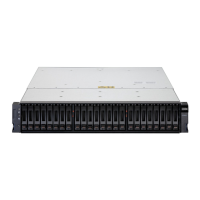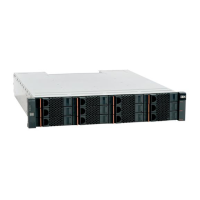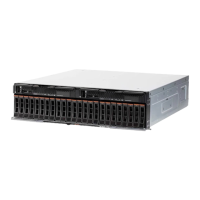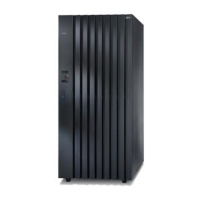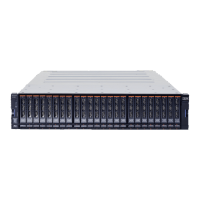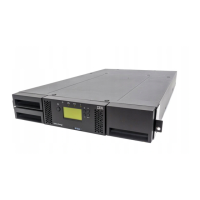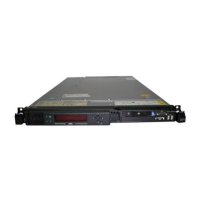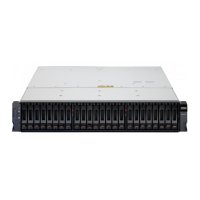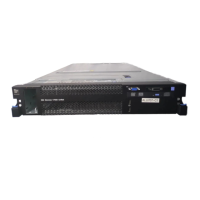Chapter 18. Boot from SAN 239
Reduce overall cost of servers
Locating server boot images on external SAN storage eliminates the need for a local disk
in the server. This configuration helps lower costs and allows SAN boot users to purchase
servers at a reduced cost while still maintaining the same functionality. In addition, SAN
boot minimizes the IT costs through consolidation, which reduces the use of electricity and
floor space, and through more efficient centralized management.
18.2 Configuring SAN boot for IBM System x servers
This section provides the configuration steps for System x series server SAN boot from
Nseries.
18.2.1 Configuration limits and preferred configurations
SAN boot features the following configuration limits and preferred configurations:
For Windows and Linux-based operating systems, the boot LUN must be assigned as LUN
0 (zero) when storage partitioning is performed.
Enable the BIOS on only one HBA. Enable the BIOS on the second HBA only if you must
reboot the server while the original HBA is used for booting purposes. This configuration
can also be used if the cable or the Fibre Channel switch fails. In this scenario, use QLogic
Fast!UTIL or Emulex HBAnyware to select the active HBA. Then, enable the BIOS, scan
the BUS to discover the boot LUN, and assign the worldwide port name (WWPN) and LUN
ID to the active HBA. However, when both HBA connections are functional, only one can
have its BIOS enabled.
During the installation of the operating system, have only one path active at a time. No
multipathing software is available during the installation of the operating system. The
second or alternative path can be activated after the installation of the operating system is
complete. You must configure your SAN zoning or remove (disconnect) the HBA cables to
leave only one path active.
This implementation does not make any testing statements about supported
configurations. For more information, see the IBM System Storage N series
interoperability matrix for FC and iSCSI SAN, which is available at this website:
http://www.ibm.com/systems/storage/network/interophome.html
Review the supported configuration for your server and operating system.

